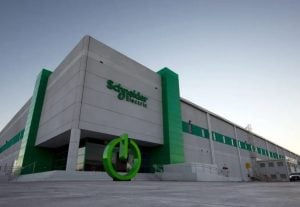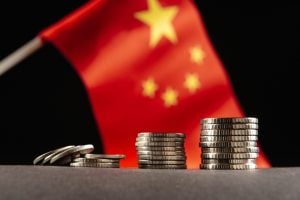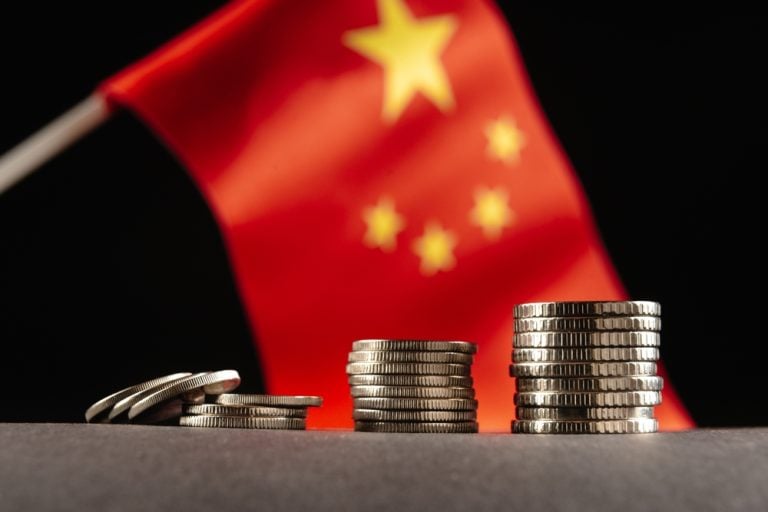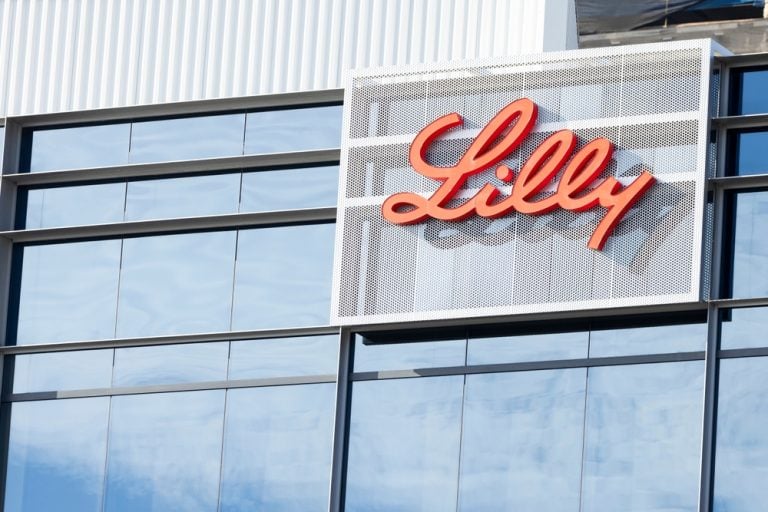Australian gas consumers could enjoy a temporary respite from high prices as Europe is unlikely to be desperately buying up every available spot cargo of LNG given that its gas inventories are at record levels (99.6% full) and climbing.
Reuters noted that a warm start to autumn has delayed the onset of heating demand while high prices discourage industrial use.
Unsurprisingly, this has reduced the price for gas delivered in the heart of winter in January to below €47 per megawatt hour from more than €57 just about two weeks ago as it is extremely unlikely that stocks will run out this winter even if some level of conservation is required.
This is also far lower than the peak of €339/MWh that prices reached in August 2022.
Additionally, while some Japanese importers have purchased LNG cargoes for winter delivery, other Asian companies have shown reluctance to buy the liquefied gas.
Lower gas prices?
The lack of urgency from European gas buyers could reduce wholesale gas prices on Australia’s east coast as the LNG netback price – a measure of an export parity price that a gas supplier can expect to receive for exporting its gas – plays an important role in the market.
How much said reduction would actually be is open for debate and how much it will impact consumers is likely to be limited (if even noticeable) at best.
This is especially true as individual prices paid by buyers could reflect other factors that may be relevant to their circumstances.
Even if prices do drop, it will have little to no impact on long-term trends that will see demand outstrip supply from Australia’s ageing gas fields.
This decline is clear when one considers the Gippsland Basin joint venture between ExxonMobil and Woodside Energy (ASX:WDS).
While still the single largest provider of gas to the east, it has seen a 34% decline in supply over a year to mid-September to 55.6 petajoules of gas.
Maintaining supply will require new investment in both exploration and development, targeting new areas such as the Beetaloo Sub-Basin in the Northern Territory and Bowen Basin in Queensland.
Western Australia in the balance
Over in Western Australia, energy consultancy EnergyQuest has flagged that gas from the Scarborough gas field and Perth Basin will be required – and soon – to balance a tight domestic gas market.
However, Scarborough may be delayed by legal action while large swaths of the Perth Basin are still undergoing exploration and appraisal.
“Even with a successful start-up of Scarborough and the Perth Basin, the tightness in the WA market means that gas prices are likely to remain at the elevated prices now in the market – double what they were just a few years ago,” EnergyQuest chief executive officer Rick Wilkinson said.
It added that WA continues to have significant ongoing gas demand as there are a number of large industrial operations that are unable to substitute gas for other energy sources for at least a decade while others are switching from coal to gas as an initial step in reducing emissions.
While green hydrogen is a potential long-term option for some of these operations, its economics are still challenging.
EnergyQuest added that the state might need to increase the percentage (currently) 15% of the gas reserved for the state’s use under its domestic gas reservation policy, which had previously insulated it from the gas price shocks experienced by the east coast, if it is unable to increase gas supply.
Could the gas discoveries in the Perth Basin cover at least some of this required supply?
It certainly seems so though the jury is still out on whether enough can be found and developed to truly make a difference.
Woodside is also confident that it can bring the US$12bn Scarborough project on line in 2026.
Are these enough to meet WA’s needs? Only time will tell.
The post GOT GAS: Could record European inventories deliver gas price relief? appeared first on Stockhead.





















+ There are no comments
Add yours